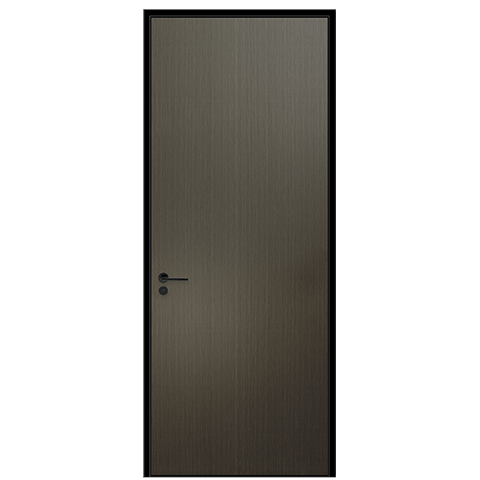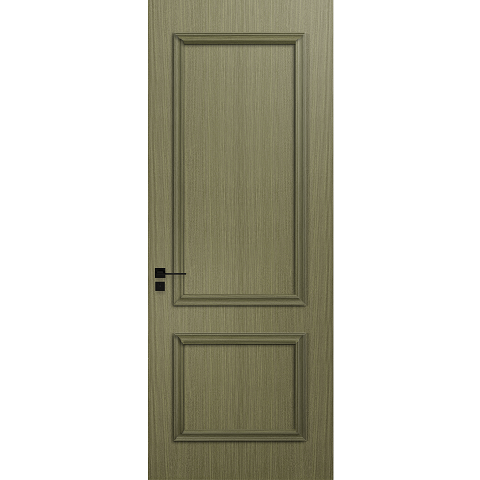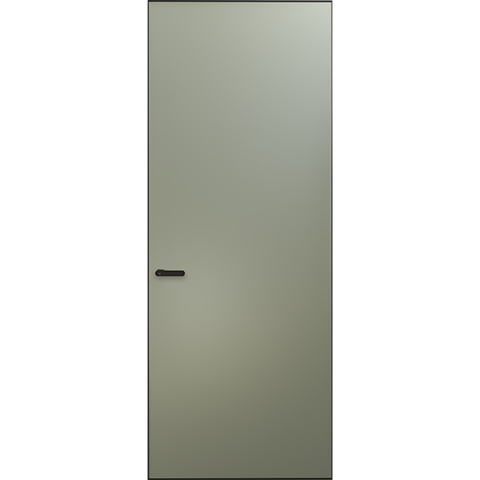20 professional knowledge of aluminum doors and windows, how many can you answer correctly?
1. What is an ordinary aluminum alloy profile?
That is, the inside and outside are connected without an air layer, and the surface is sprayed with anti-corrosion treatment.
2. What is Broken Bridge Aluminum Alloy Profile? What are its advantages?
The principle of the broken bridge type aluminum alloy window is to use the heat insulation strip to separate and closely connect the two layers of aluminum alloy indoor and outdoor into a whole, forming a new type of heat insulation aluminum profile. Good performance and energy saving effect.
3. What is the difference between ordinary aluminum alloy profiles and broken bridge aluminum alloy profiles
The ordinary aluminum profile is a conductor as a whole, and the heat transfer and heat dissipation are relatively fast;
The thermal conductivity of the thermal insulation strip in the broken bridge aluminum profile is low, forming a cold and hot broken bridge, thermal insulation, and various colors.
4. What is insulating glass? What is the K value of aluminum doors and windows with broken bridges? What is the K value for ordinary aluminum doors and windows? How much is soundproofing?
Insulating glass is to seal the edges of two or more pieces of glass together, and the glass is treated with a desiccant, and the temperature difference between the inside and outside of the glass is different.
The K value of broken bridge aluminum doors and windows + insulating glass is about 2.7-3.0;
The K value of ordinary aluminum doors and windows + insulating glass is about 3.5-5.0;
The K value of system aluminum doors and windows + insulating glass is about 2.0-2.5;
5. What is laminated glass? When to use laminated glass?
Laminated glass is composed of two or more pieces of glass with one or more layers of organic polymer interlayers sandwiched between them. A permanently bonded composite glass product. Even if the glass is broken, the fragments will stick to the film, and the surface of the broken glass remains neat and smooth. This effectively prevents the occurrence of debris puncture and penetration and falls, and ensures personal safety.
Laminated glass is recommended for aluminum alloy doors and windows in the following cases:
①、Glass for floor spring door
② The area of a single piece of glass for windows is greater than 1.5m2, and the area of a single piece of glass for framed doors is greater than 0.5m2;
3. Floor-to-ceiling windows with the bottom edge of the glass less than 500mm from the final decoration surface;
④, frameless door and window glass;
⑤, public building entrance and exit doors;
⑥, the door of kindergarten or other places for children's activities;
⑦, inclined windows, skylights;
⑧, external windows of buildings with 7 floors and above.
6. What is LOW-E glass? What are its advantages?
LOW-E glass, also known as low-radiation heat-reflecting glass, is coated with a layer of film on the surface of the glass to block ultraviolet rays from the outside, raise or lower the temperature inside and outside, and has a protective effect on the human body.
7. What is hollow 100-page glass? What material is the page? What is the useful life?
It is to install a metal aluminum sheet in the insulating glass and use magnetic force to control it. It can be used 20,000 times for about 20 years, and the advantage is that it is clean, hygienic, and does not need to be cleaned.
8. What are the advantages of insulating glass, LOW-E glass and laminated glass?
Insulating glass is energy-saving; LOW-E glass is UV-resistant; laminated glass is safe.
9. What is the wall thickness of aluminum alloy window profiles? What is the wall thickness of aluminum alloy door profiles?
The wall thickness of the main stress part of the window profile is not less than 1.4mm, and if the high-rise reaches more than 20 layers, the thickness of the profile can be increased; the wall thickness of the main stress part of the door profile is not less than 1.8mm. Single doors and windows can be thickened if they exceed 3-4 square meters, and columns can be added if they are too large.
10. What are system doors and windows? Where does it originate?
The system doors and windows originated in Europe. After years of use, the airtightness and energy-saving effects of doors and windows are considered in the design. The system door and window is the overall door and window system solution adopted by the system company, and a clear commitment to the performance and quality indicators of the product needs to be considered. Water tightness, air tightness, wind pressure resistance, mechanical strength, heat insulation, sound insulation, anti-theft, shading , weather resistance, operating feel and a series of important functions, but also consider the comprehensive results of the performance of each link of equipment, profiles, accessories, glass, viscose, and seals.
11. How many years is the warranty period of insulating glass? What is covered by the warranty and what is not covered by the warranty?
The national standard for the warranty period of insulating glass is 15 years; the service life is 15-20 years, and there are examples in Europe.
If the glass is damaged due to improper use of human factors, it is not covered by the warranty.
12. What is the heat transfer coefficient? What is the heat transfer coefficient of ordinary aluminum alloy doors and windows? What is the heat transfer coefficient of broken bridge aluminum alloy doors and windows? What is the heat transfer coefficient of the aluminum alloy doors and windows of the system?
That is, when testing, the internal heating passes the time to see the speed of the internal temperature conducting outwards, and the heat transfer value is obtained by passing the time and temperature.
The heat transfer coefficient of ordinary aluminum alloy doors and windows is about 3.5-5.0;
The heat transfer coefficient of broken bridge aluminum alloy doors and windows is about 2.5-3.0;
The heat transfer coefficient of the aluminum alloy doors and windows of the system is about 2.0-2.5.
13. What are sliding doors and windows? What is a casement window? What is a top hung window? What is an inward-opening inward-turning window? What is a fixed window?
Sliding doors and windows: It is a door and window with one of the two sliding to the left and right.
Casement doors and windows: The opening and closing of the sashes moves along a certain horizontal direction, so it is called "casement windows".
Top-hung window: a window with hinges (hinges) installed on the upper side of the window, opening inward or outward.
Inward opening and inner inverted window: It adopts European standards and can be opened flat or inverted at the same time, that is, the lower part of the window does not move, while the upper part is inclined indoors, natural ventilation, and the doors and windows can also be opened when people are not at home.
Fixed doors and windows: Generally, the window frame is directly inlaid with glass or the window sash is fixed on the window frame and cannot be opened.
14. What are the advantages of casement windows, sliding windows, and inward-opening and inward-turning windows?
Casement windows are also the traditional way of opening in China, referred to as GB;
The sliding window is simple and does not occupy space; it is commonly used in China.
The inward opening and inward-turning windows are designed according to European standards. When people are not at home, they can be naturally ventilated, and rainwater cannot enter the house. In spring and autumn nights, the windows can be opened to sleep, and it is not easy for thieves to open them.
15. What are the main hardware accessories for sliding windows? What are the main hardware accessories for casement windows? What are the main hardware accessories for inner opening and inner pouring?
The main hardware accessories of sliding windows: pulleys, hook locks, crescent locks;
Main hardware accessories of casement window: linkage handle, sliding brace, hinge, wind brace, etc.;
The main hardware accessories of the inward-opening and inverted-inward windows: linkage handles, linkages, linkages, etc.
16. What are the key processes in the processing of casement aluminum alloy doors and windows?
Blanking: Guaranteed geometric size;
Group corners: prevent rainwater from entering;
Assembly of accessories;
Appearance should be beautiful.
17. In order to ensure the product quality of doors and windows during transportation, how are they packaged?
It is packaged in special paper for doors and windows; the aluminum and wood windows are fixed with corners around them, so that there is no friction space between the profiles, and finally put them in a wooden box.
18. How many years is the warranty period of doors and windows? What is NOT a work that is covered under warranty?
The national standard for the warranty period of doors and windows is two years, and damage caused by human factors is not within the scope of the warranty period.
19. What is the service life of the glue?
The durability of the waterproof sealant after curing is 15-20 years.
20. What is the wood of the aluminum wood window? What is paint?
The wood is mainly oak; the paint is water-based paint.
 Hot Recommendation
Hot Recommendation
 Latest Products
Latest Products



